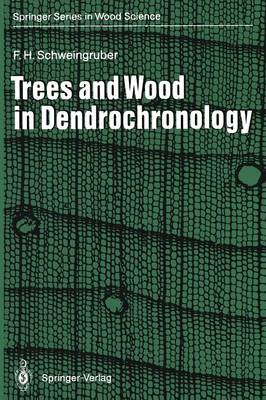The science of dendrochronology has grown significantly in the past 20 years. In the 1950s and 1960s, interest in the subject was limited to only a handful of scientists who perceived in dendrochronology a "l'art pour l'art". Today, however, specialists from many different fields recognize and are pursuing the problems of dendrochronology. Tree-ring research has acquired a permanent role in the various sciences of archeology, history, geology, ecology, and climatology. The founders of dendrochronology themselves were of varied scientific backgrounds and interests. For example, A. E. Douglass in the United States was an astronomer, B. Huber in Germany a forest-biologist, and F. N. Shvedov in Russia a climatologist. Today the spectrum is even broader. Many den drochronologists are authorities in mathematics, archeology, history, forestry, botany, wood technology, ecology geography, geology, etc. It is, therefore, understandable that it has become almost impossible for one individual to encompass the entire field. Bitvinskas (1974), Fritts (1976), Schweingruber (1983), and Mitsutani (1990) have attempted, each guided by his own interests, to provide at least an overview of the field. Recently, individual aspects have been presented by groups of authors in books edited by Fletscher (1978), Hughes et al. (1982), Jacoby and Hornbeck (1987) and Bradley and Jones (1992). It is very likely that in the future summaries covering each branch of dendrochronology will be published.
- ISBN13 9783642771590
- Publish Date 19 January 2012 (first published 26 October 1993)
- Publish Status Active
- Publish Country DE
- Publisher Springer-Verlag Berlin and Heidelberg GmbH & Co. KG
- Imprint Springer-Verlag Berlin and Heidelberg GmbH & Co. K
- Edition Softcover reprint of the original 1st ed. 1993
- Format Paperback
- Pages 402
- Language English
